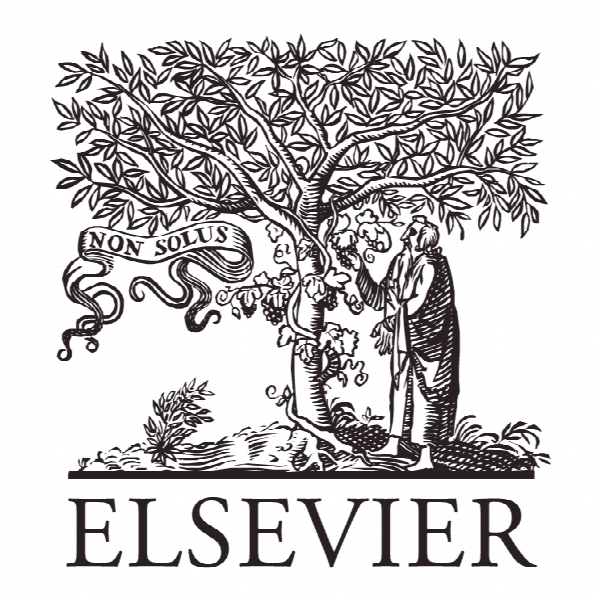حرکت با قلمرو: اهرم عمومی به عنوان یک منبع بازاریابی It goes with the territory: Communal leverage as a marketing resource
- نوع فایل : کتاب
- زبان : انگلیسی
- ناشر : Elsevier
- چاپ و سال / کشور: 2017
توضیحات
رشته های مرتبط مدیریت
گرایش های مرتبط بازاریابی
مجله تحقیقات بازاریابی – Journal of Business Research
دانشگاه دانشکده کسب و کار NEOMA، فرانسه
نشریه نشریه الزویر
گرایش های مرتبط بازاریابی
مجله تحقیقات بازاریابی – Journal of Business Research
دانشگاه دانشکده کسب و کار NEOMA، فرانسه
نشریه نشریه الزویر
Description
1. Introduction Leveraging valuable firm resources to gain competitive advantage has long been considered key to successful marketing strategies (Barney, 1991; Hunt & Morgan, 1995; Peteraf, 1993; Wernerfelt, 1984). Marketing research has generally focused on capabilities (e.g., Day, 2011), and has identified intangibles such as branding (e.g., Hall, 1992) as these are the most manageable, adaptable, and influential of a firm’s resources. Such capabilities are deployed by the marketing department (Verhoef & Leeflang, 2009), and through interdepartmental collaboration (Luo, Slotegraaf, & Pan, 2006) to craft the firm’s market orientation. Valuable firm resources are not limited to those owned and controlled by an individual firm. In many industries and countries around the world, firms draw on ‘origin-specific’ resources to develop and market ‘origin-specific’ products. Origin-specific resources are those that can be traced back to a valuable origin, for geological or geographical reasons. Whereas country of origin research focuses on activities occurring in an origin, such as assembly, design, manufacture (Chao, 1993), the focus here is on physical resources and capabilities that are specific to the origin, and valued for that reason. Physical origin-specific resources are found in specific, external, immovable agricultural or mining spaces, not in buildings, software, and equipment (Collis & Montgomery, 2008). Capabilities are directly related to the place where they occur. As such, origin-specific firms (OSFs) must execute transvections (“activities required to move from raw materials in their natural state to finished goods in the hands of consumers” Priem, Rasheed, & Amirani, 1997, p. 145) that respect the origin of their resources (Alderson & Martin, 1965; Hulthén & Gadde, 2007). Only then do origin-specific resources become a true source of firm value and differentiation. Firms in various industries worldwide leverage origin-specific resources to produce origin-specific products like Gruyere cheese, Canadian maple syrup and Tahitian pearls. Such firms are present in industries as diverse as agriculture and food, minerals, precious jewels, fossil fuels and dishware, and are recognized by international treaties and institutions (e.g., the Trade-Related Aspects of Intellectual Property Rights (TRIPS) agreement, the World Trade Organization (WTO) and the European Commission). Moreover, both large multinational corporations and small artisans can be considered as origin-specific: the LVMH group currently produces close to 50 million bottles of Hennessey cognac per year, just as the independent winemaker Guillon Painturaud produces less than forty thousand bottles of cognac.


